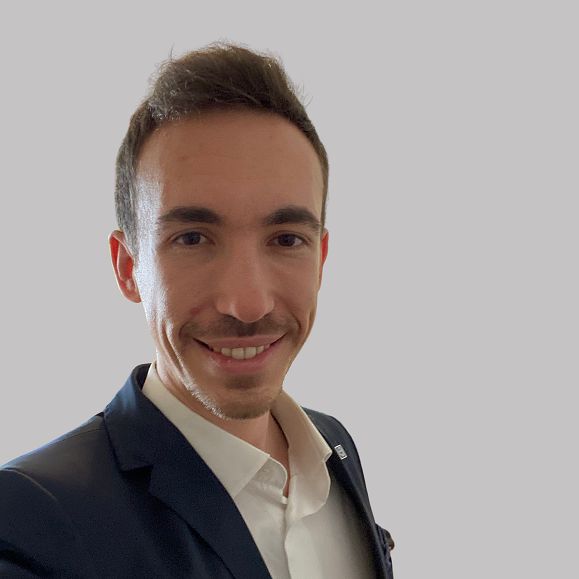
Electronic failures in the accelerator radiation environment and test facilities
by Matteo Cecchetto (Presenter), Rubén García Alía
CERN, European Organization for Nuclear Research, Switzerland
Abstract – The talk introduces the radiation environment in the Large Hadron Collider (LHC) accelerator at CERN and the radiation-induced effects in electronics, presenting several comparisons with the atmospheric environment. It shows how the radiation levels are measured and simulated in critical areas of the accelerator, focusing on thermal and higher energy neutrons, which are one of the main threats for SEEs. Indeed, SEEs induced by thermal and 0.01-10 MeV neutrons can induce more failures than high energy neutrons in several locations of the accelerator and the related Radiation hardness Assurance (RHA) implications are presented. Finally, an overview of the test facilities employed at CERN to measure and qualify electronics is outlined.
Matteo Cecchetto
Matteo Cecchetto received a master’s degree in electronic engineering from the University of Padova (Italy) in 2017 and performed the PhD at CERN (Switzerland) obtaining the degree from the University of Montpellier (France) in 2021. He is currently working on the Radiation to Electronics (R2E) project at CERN. His main activities focus on the experimental and Monte Carlo simulation study of neutron-induced Single Event Effects in accelerator and fusion environments, with a deepening on the effects of thermal and intermediate-energy neutrons, and related implications on the qualification approach for electronics.
